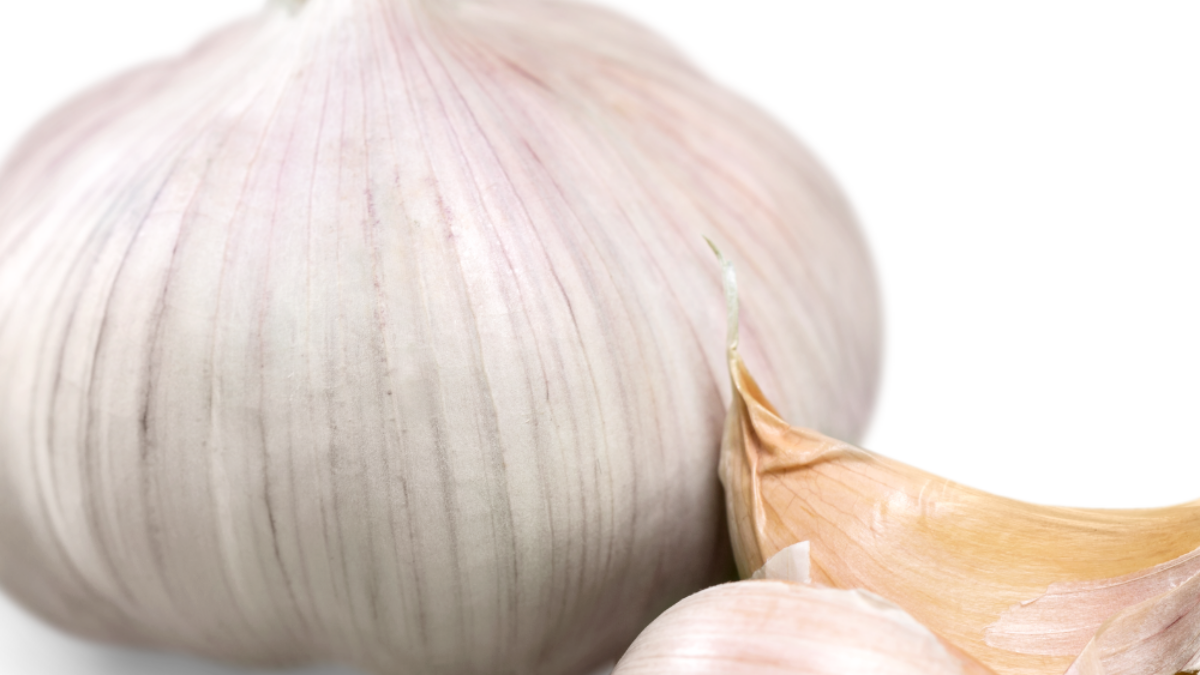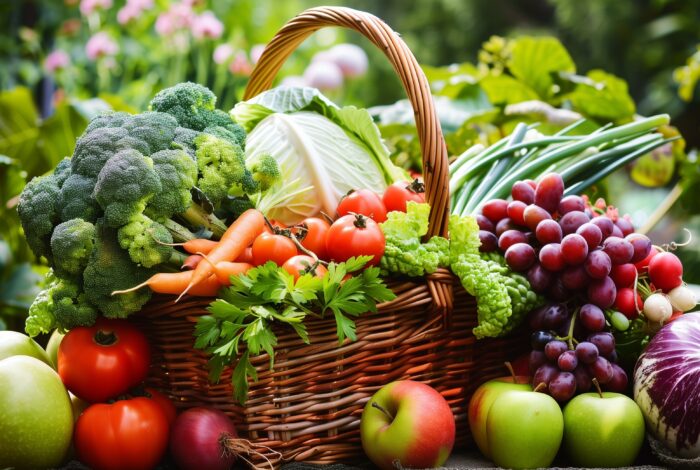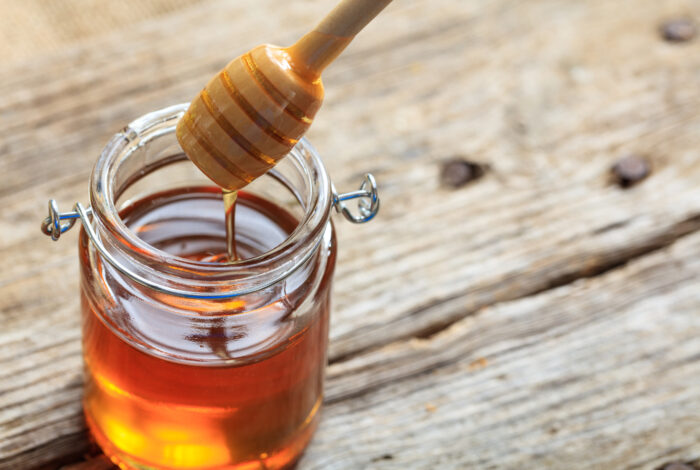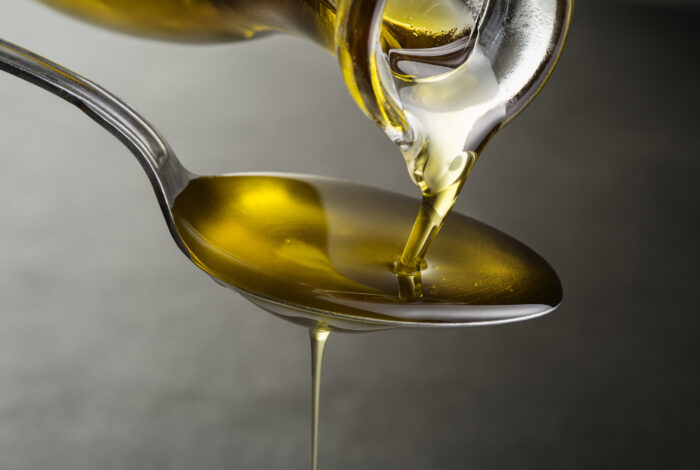Garlic is a small perennial plant that plays an important role in the Greek Mediterranean diet as an ingredient in many traditional Greek dishes. Among other things, it is an excellent choice for enhancing a dish’s aroma and flavour.
It is added to a variety of foods and meals, including sauces, soups, marinades, ladera (dishes cooked in olive oil), and salads, to enhance their flavour. It is also a key ingredient in skordalia (garlic dip, which combines garlic with potato or bread and vinegar), a well-known Greek garlic dish, usually accompanying cod.
| Nutritional Value of Garlic | per serving: 1 clove (3 g)1 | RDI per serving2 |
| Kcal | 4.5 | 0.2% |
| Fat (g) | 0.02 | 0.02% |
| Saturated fat (g) | 0.0 | 0.0% |
| Carbohydrates (g) | 1.0 | 0.4% |
| Fiber (g) | 0.1 | 0.2% |
| Sugar (g) | 0.0 | 0.0% |
| Protein (g) | 0.2 | 0.4% |
| Cholesterol (mg) | 0.0 | 0.0% |
| Salt (g) | 0.0 | 0.0% |
| 1 Values are based on the U.S. Department of Agriculture (USDA) nutrient database.[1] 2 The percentage of Recommended Daily Intake (% RDI) shows how much of the recommended daily intake of each nutrient is contained in a single serving. Calculations are based on U.S. Food and Drug Administration (FDA) daily values, based on 2,000 Kcal per day for an average healthy adult. Depending on an individual’s energy needs, % RDI can be lower or higher. | ||
Garlic has minimal calories (a clove of garlic yields 4.5 Kcal) and supplies the body with nutrients vital to good health.
Garlic provides us with small amounts of vitamins, such as vitamin C and vitamin B6, and trace elements including selenium, copper and manganese.
Many of the benefits of consuming garlic are attributed to its sulphides, the most well-known of which is allicin, which gives garlic its characteristic odour. Allicin is a potent compound with antibacterial, antifungal and antioxidant properties.
Other active ingredients that we find in garlic are diallyl disulfide, which is produced during the decomposition of allicin, and S-allyl-cysteine.
Garlic bolsters health in many ways, thanks to its nutrients and bioactive ingredients.
Although data is limited, garlic may help reduce high blood pressure, a major risk factor for cardiovascular diseases. A meta-analysis including 17 randomised clinical studies showed that supplemental administration of garlic powder (at a dose ranging from 600-900 mg in the majority of studies) led to a statistically significant reduction of 4.4 mm Hg in systolic pressure in hypertensive subjects compared to the control group.2
There is also evidence that garlic can lower ‘bad’ cholesterol (LDL-C) and total cholesterol, enhancing heart health.[2]
Garlic also has natural antimicrobial properties that can help fight bacteria, viruses and fungi. A randomised clinical trial demonstrated that supplemental administration of garlic can strengthen the immune system, helping to reduce the severity of common cold and flu symptoms and accelerate recovery.[3]
Finally, some active ingredients found in garlic appear to have anti-cancer activity.
In conclusion, garlic has a strong presence in the Greek Mediterranean diet, lending aroma, flavour and high nutritional value to many traditional Greek dishes.
BIBLIOGRAPHY
[1] USDA. Food Search. Garlic, raw. Available at: https://fdc.nal.usda.gov/fdc-app.html#/food-details/169230/nutrients. (Accessed October 2024).
[2] Ried Κ, Toben Τ, Fakler P. Effect of garlic on serum lipids: an updated meta-analysis. Nutr Rev. 2013 71(5):282-99. doi: 10.1111/nure.12012.
[3] Nantz Μ, Rowe C, Muller C, Creasy R, Stanilka J, Percival S. Supplementation with aged garlic extract improves both NK and γδ-T cell function and reduces the severity of cold and flu symptoms: a randomized, double-blind, placebo-controlled nutrition intervention. Clin Nutr. 2012 31(3):337-44. doi: 10.1016/j.clnu.2011.11.019.










